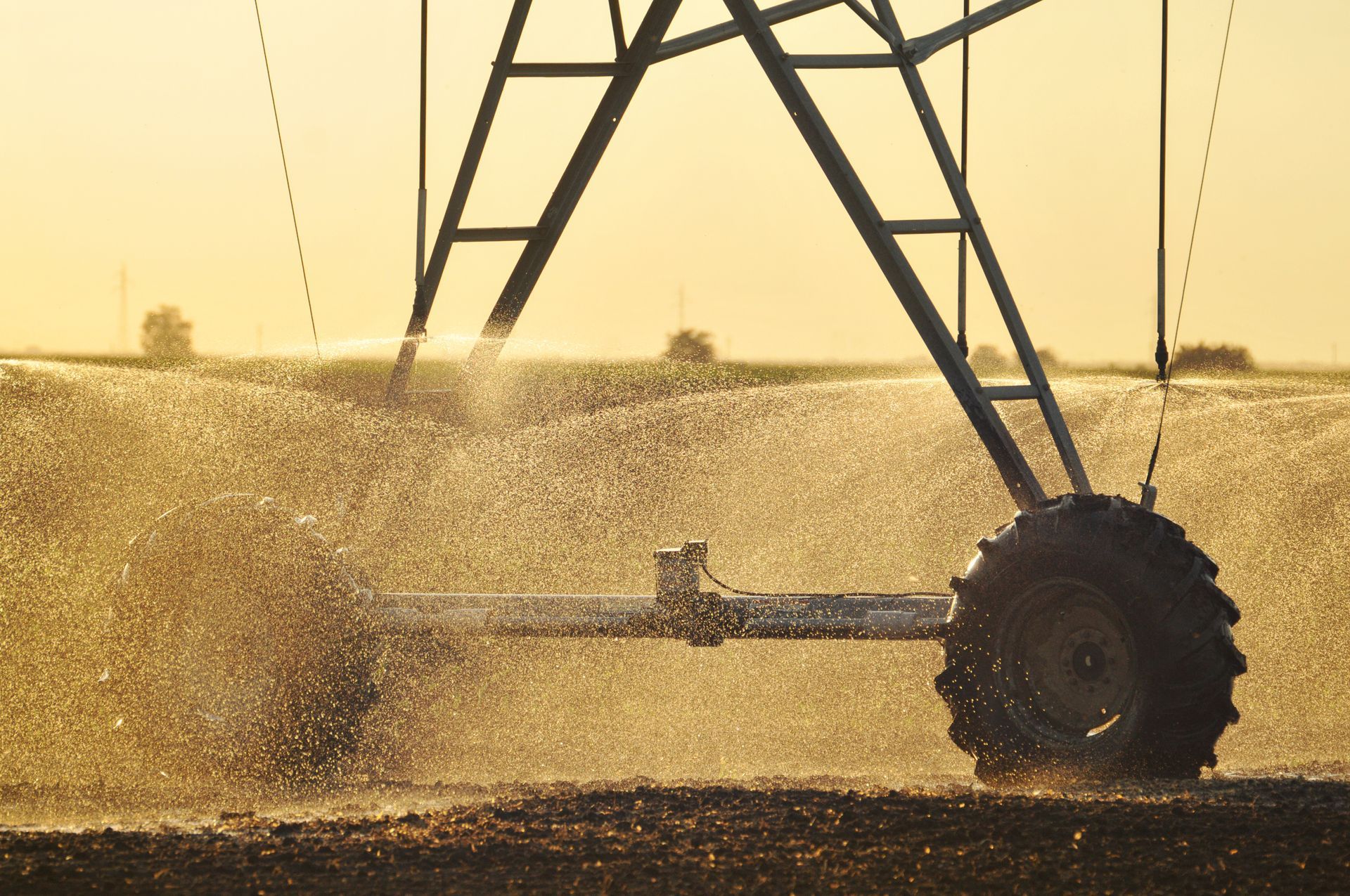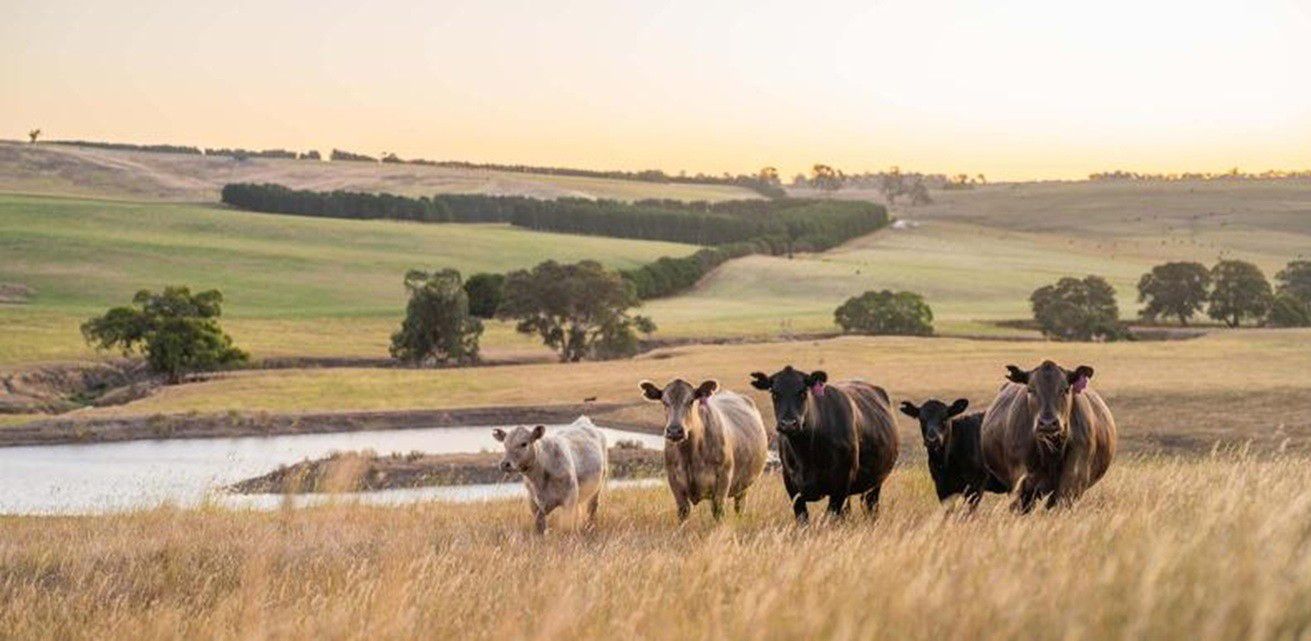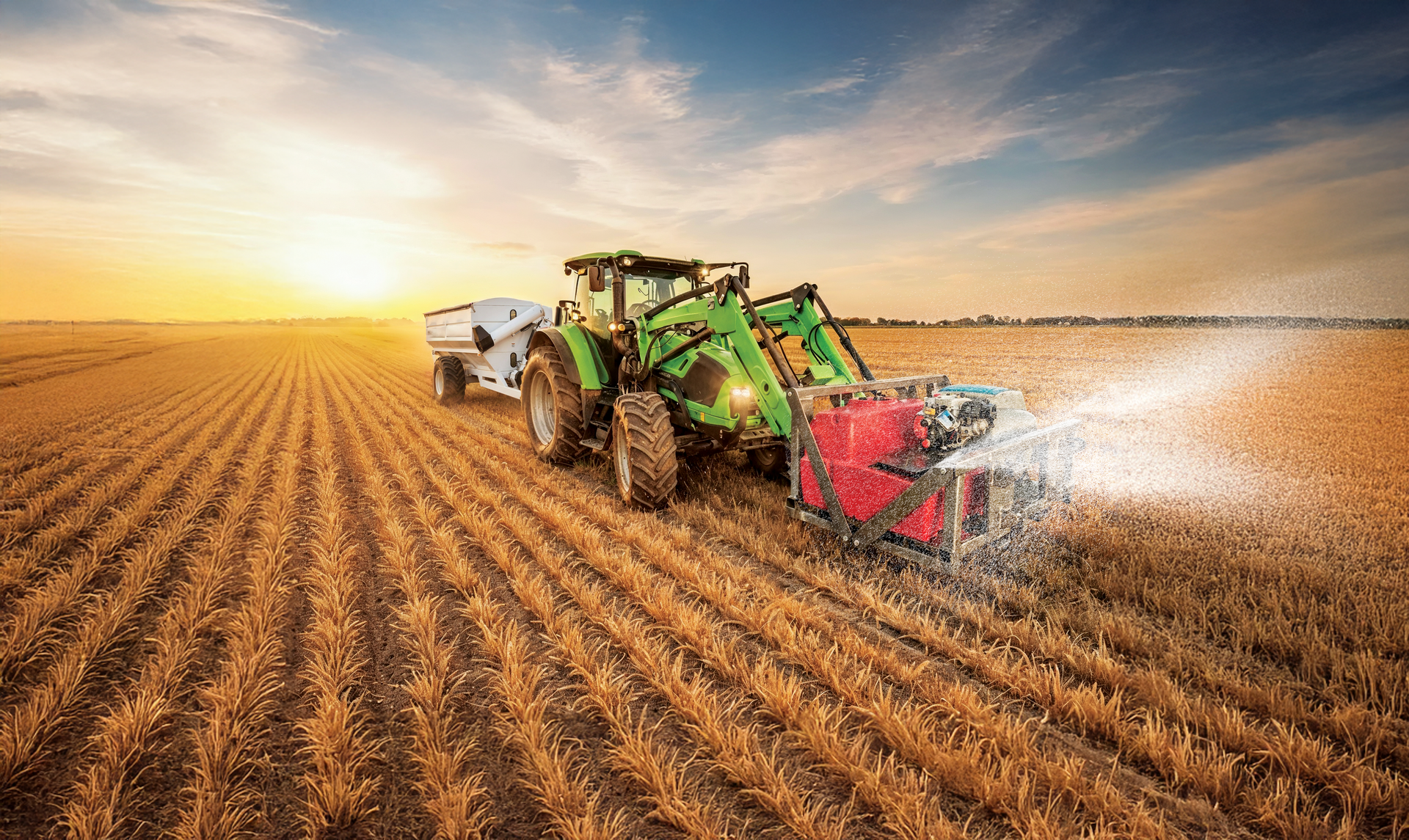1MG FlippingBooks
Showcasing Australia’s irrigation innovation
Irrigation Australia is the peak national organisation representing the Australian irrigation industry in all sectors from water users, consultants, designers and installers through to educational institutions, government, manufacturers and retailers. Irrigation Australia is also the Australian representative body of the International Commission on Irrigation and Drainage (ICID). Anne Currey discusses some of the latest advancements in irrigation innovation helping farmers around the country as well as the ICID congress delivered in Adelaide in October 2022.

We all have heard many times that Australia is the driest inhabited continent. It is less likely, however, that many people would be aware of how this has driven water policy in the last 30 years and how our 21,000+ irrigators have responded to the challenges of using this precious resource more efficiently.
With a history of policy implementation to provide a financial incentive for efficient water use, backed by regulatory require- ments to do with environmental and social outcomes, and an irrigation sector willing to take on new challenges, Australia is regarded in many forums as a global leader in water governance and water use efficiency.
INNOVATION THE KEY
Some of the major ways of maintaining this record and continuing to improve technology and practices to produce “more
crop per drop” into the future in the agricultural sector will be through better trained irrigation managers and the adoption of best practices and of innovative technologies using the Internet of Things (IoT) and digital applications.
Improving water use efficiency is still a priority for irrigators. Climate change adds complexity to the challenge of improving water use efficiency. In many irrigation areas, run-off into rivers is predicted to decrease and we are already seeing great variability in terms of rainfall and weather patterns.
Forward thinking irrigation managers have examined their records and have incorporated risk management strategies into their enterprises. On farms, for example, this has meant practices including earthworks to capture and store more water, installing soil moisture sensors to keep a close eye on moisture and temperature levels and schedule planting and irrigation when it will have most effect, and keeping up with climate and weather forecasts.
As with most things in life, irrigation is becoming highly technical, and almost every day the suite of digital and computer-based equipment for managing irrigation systems expands. Much of this technology is about collecting and analysing data such as evapotranspiration, soil moisture and weather conditions and applying it to scheduling irrigation so that water is most efficiently applied.
This means that learning the skills to effectively manage new technology and irrigation equipment generally has become a priority with many irrigation managers for whom skills development is now part of their farming strategy.
Irrigation Australia Limited supports a skilled industry through its training and certification programs that are designed for each major sector of the industry from irrigation manager through to retailer, contractor, agronomist, meter installer and designer.
SHOWCASING AUSTRALIAN IRRIGATION
In recognition of our world-leading record, in October 2022 the irrigation world came to Adelaide, where Australia showcased its achievements, practices and technology. Irrigation Australia Limited, in partnership with the International Commission on Irrigation and Drainage (ICID), staged the nation’s largest-ever irrigation event. The week included an international congress, managed by ICID, as well as Irrigation Australia’s renowned conference and exhibition.
The congress, which is the irrigation and drainage sector’s most important international event, has been held triennially since 1951. It was last convened in Mexico in 2017, when it was opened by his Excellency Enrique Peña Nieto, President of Mexico.
The international conference featured eminent speakers from and Australia beyond presenting the latest on irrigation policy, technology and practices under the theme Innovation and research in agricultural water management to achieve sustainable development goals. The exhibition showcased irrigation manufacturers and suppliers from every corner of the globe with technologies ranging from pumps and emitters through to applications designed to equip irrigators with up-to- date information for making the best decisions about managing irrigation and their crops.
Despite challenges with international travel, more than 2,000 people attended to participate in a range of keynotes, workshops and 90 oral presentations, and engage with trade exhibitors.
Water used on Australian farms
Despite rainfall returning to some parts of eastern Australia in early 2020, national rainfall was below aver- age with 2019-20 the sixth driest year on record.
Reduced water availability and increased water costs were drivers for a further decline in irrigation activity in 2019-20. Irrigators markedly reduced the areas of their crops and/or switched to alternate crops with less reliance on water. Fruit, nuts and grapevines were the only crops that saw an increase in irrigation area and volume from 2018-19, with growers having limited options to change irrigation practices.
Irrigation of crops and pastures
In 2019-20, 3.8 million megalitres were applied to crops (67% of all water applied):
- 1 million megalitres for fruit and nuts (up 7%)
- 886,900 megalitres for sugar cane (up 1%)
- 469,300 megalitres for grapevines (down 1%)
- 379,600 megalitres for cotton (down 71%) Of the 1.8 million megalitres applied to pastures (33% of all water applied):
- 1.3 million megalitres for pastures and cereals fed off (down 15%)
- 589,200 megalitres for pastures and cereals cut for hay and silage (down 12%)
* Sources:
ABS Water Account website: www.abs.gov.au/statistics/environment/ environmental-management/water-account-australia/latest-release Water Use On Australian Farms.
www.abs.gov.au/statistics/industry/agriculture/water-use-australian-farms/2018-19
www.abs.gov.au/statistics/industry/agriculture/water-use-australian-
















